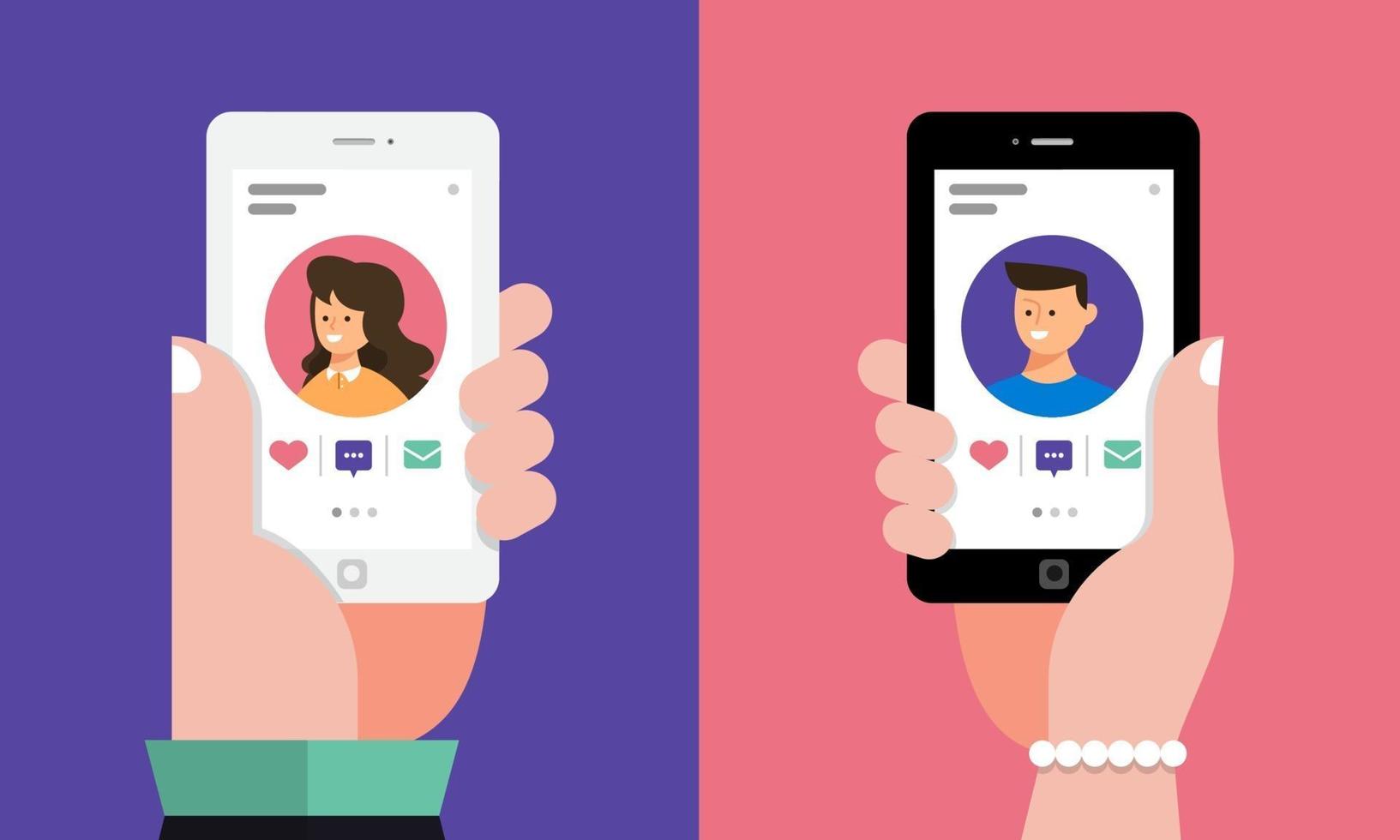The Hidden Costs of Modern Love
How Dating Apps Algorithms, Imbalances, and Profit Motives Undermine Relationships
Dating apps like Tinder, Bumble, and Hinge revolutionized romance by offering endless possibilities at our fingertips. Yet, a decade into the swipe era, frustration dominates the landscape. Users report burnout, ghosting, and a sense of emptiness despite the illusion of choice. This article explores how dating apps structurally fail both men and women, why companies profit from these failures, and what users can do to reclaim agency in their search for love.
- The Gender Imbalance Crisis: Why Men Are "Devalued" and Women Are Overwhelmed 17
- How Dating Apps Profit From User Dissatisfaction
- Psychological Toll: The Hidden Costs of Swipe Culture
- Case Study: The "Female Delusion Calculator" and Hypergamy
- The Road Ahead: Solutions for Users and the Industry
- Conclusion: Reclaiming Romance in a Digital Age
The Gender Imbalance Crisis: Why Men Are “Devalued” and Women Are Overwhelmed 17
Dating apps suffer from a severe gender imbalance. On Tinder, 76% of users are male, while Bumble’s user base is 67.4% male. This lopsided ratio creates a supply-and-demand crisis:
- Men face scarcity: With fewer women on apps, men receive far fewer matches. A simulation found women average 92 likes per day, while men get just 7.
- Women face choice overload: Overwhelmed by options, women become hyper-selective, swiping right on only 14% of profiles (vs. men’s 46%) .
- Winner-takes-all dynamics: The top 10-20% of men receive most matches, leaving average men invisible. One Hinge engineer compared male dating inequality to the wealth gap in apartheid-era South Africa.
Result: Men feel devalued, while women struggle to find genuine commitment in a sea of low-effort matches.
How Dating Apps Profit From User Dissatisfaction
Dating apps are businesses first, matchmakers second. Their revenue models thrive on keeping users swiping:
- Freemium traps: Free features like limited swipes bait users, but premium subscriptions (e.g., Tinder Gold at 29.99/month) promise better results. Over 25 million users pay for subscriptions globally, generating 6.18 billion in annual revenue.
- In-app purchases: Boosts, Super Likes, and virtual gifts exploit desperation. Tinder alone earned $82 million from in-app purchases in June 2024.
- Advertising and data monetization: Apps sell user data and ad space, targeting lonely hearts with products from luxury travel to meal kits.
The irony: The more users struggle, the more apps profit. Algorithms prioritize engagement over compatibility, creating a cycle of endless scrolling.

Psychological Toll: The Hidden Costs of Swipe Culture
Pros of Dating Apps
- Accessibility: Connect with people outside your social circle.
- Efficiency: Filter by interests, politics, or lifestyle (e.g., Hinge’s prompts).
- Inclusivity: LGBTQ+ users report higher success rates (55% use apps vs. 28% of heterosexuals).
Cons of Dating Apps
- Superficial judgments: Users reduce potential partners to photos and bios. Women, wired to develop attraction over time, often dismiss compatible matches based on split-second decisions 9.
- Mental health impacts: Men’s self-esteem plummets with rejection; women face harassment or “hookup fatigue”.
- Paradox of choice: Endless options breed indecision. As one user lamented, “It’s like rummaging through a remainder bin”.

Case Study: The “Female Delusion Calculator” and Hypergamy
A viral tool called the “Female Delusion Calculator” highlights how apps distort expectations. Women input desired traits (height, income, education), and the tool calculates how rare such men are. For example:
- Only 4.2% of U.S. men earn over $200k annually.
- Combining this with other traits (e.g., 6’0”, no kids) reduces the pool to 0.03%.
Meanwhile, men in the top 10% juggle multiple casual relationships, seeing little incentive to commit.
The Road Ahead: Solutions for Users and the Industry
For Users:
- Limit app time: Set boundaries to avoid burnout.
- Prioritize real-life connections: Attend events, hobbies, or community gatherings.
- Adjust expectations: Focus on shared values over checklist criteria.
For the Industry:
- Algorithm transparency: Reveal how matches are prioritized.
- Gender balance incentives: Offer perks to attract more women (e.g., Bumble’s women-first model).
- Anti-gamification: Reduce addictive features like infinite swiping.
Conclusion: Reclaiming Romance in a Digital Age
Dating apps aren’t inherently evil, but their profit-driven designs often undermine their promise. By understanding the systemic flaws—gender imbalances, algorithmic manipulation, and revenue traps—users can navigate apps more mindfully. As Gen Z shifts toward “cringe-free” IRL dating, the future of love may lie in balancing tech with human connection.
Final Stat: Only 10% of committed couples met via apps, proving old-school romance isn’t dead.


